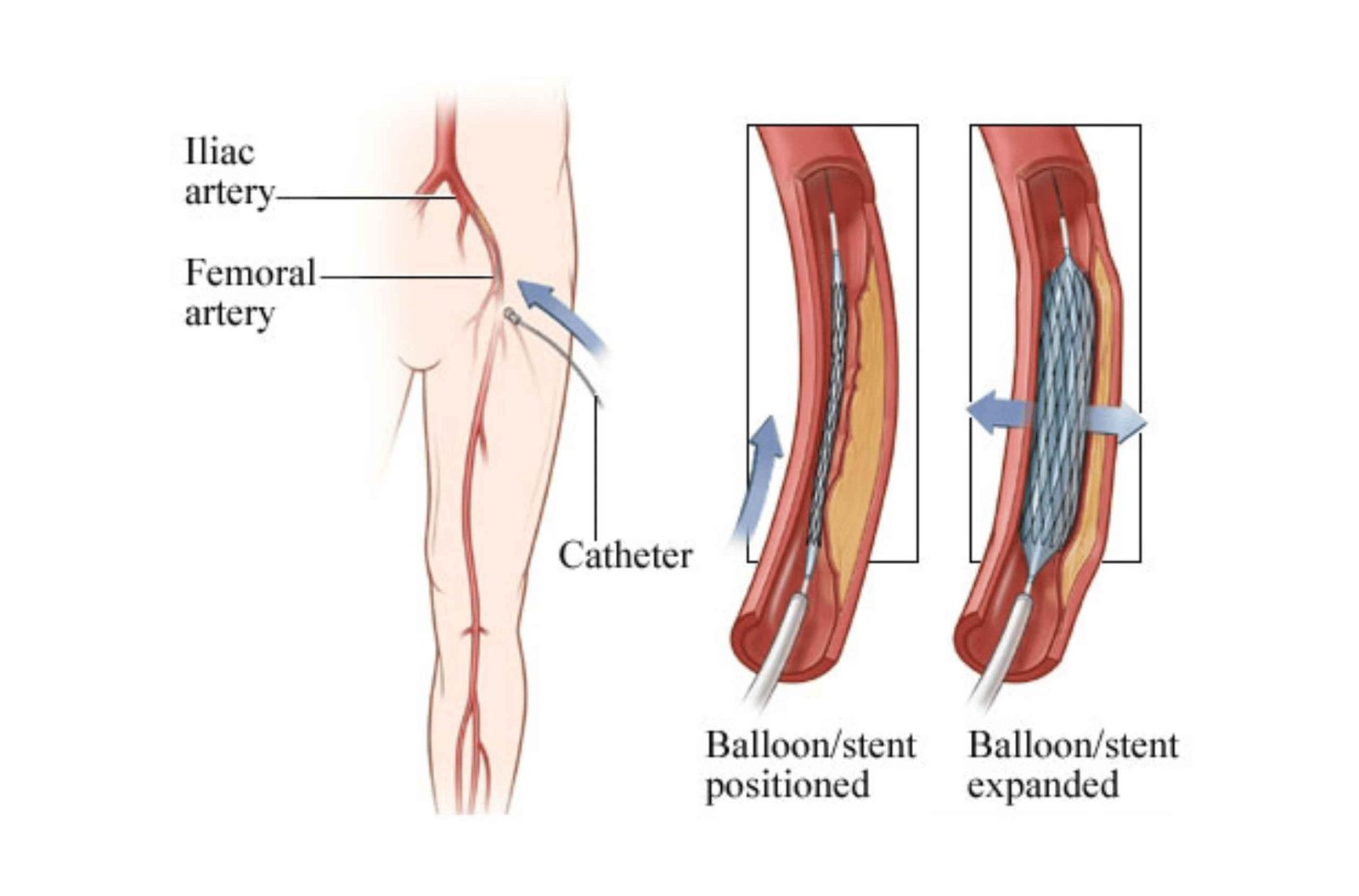Quick Links
- Cardiac Consultation
- Coronary Angioplasty
- Temporary Pacemaker
- Cardiac Resynchronization Therapy Defibrillator
- Permanent Pacemaker
- Best Cardiologist in Chembur
- Best Angioplasty in Chembur
- Best Angiography in Chembur
- Patients Frame Review
- Patient Testimonial Videos
- Photos
- Heart pacemaker surgery in Chembur
- Best Cardiologist Near Me
- Tavi procedure in Chembur
- Angiography: cost ,Procedure, Preparation, Risks & Recovery Guide
- Best Angiography in Mumbai
- Best Cardiologist in Mumbai
- Best Angioplasty in Mumbai
- Contact us
Website designed and marketed by Hopeland Healthcare © All right reserved 2025

